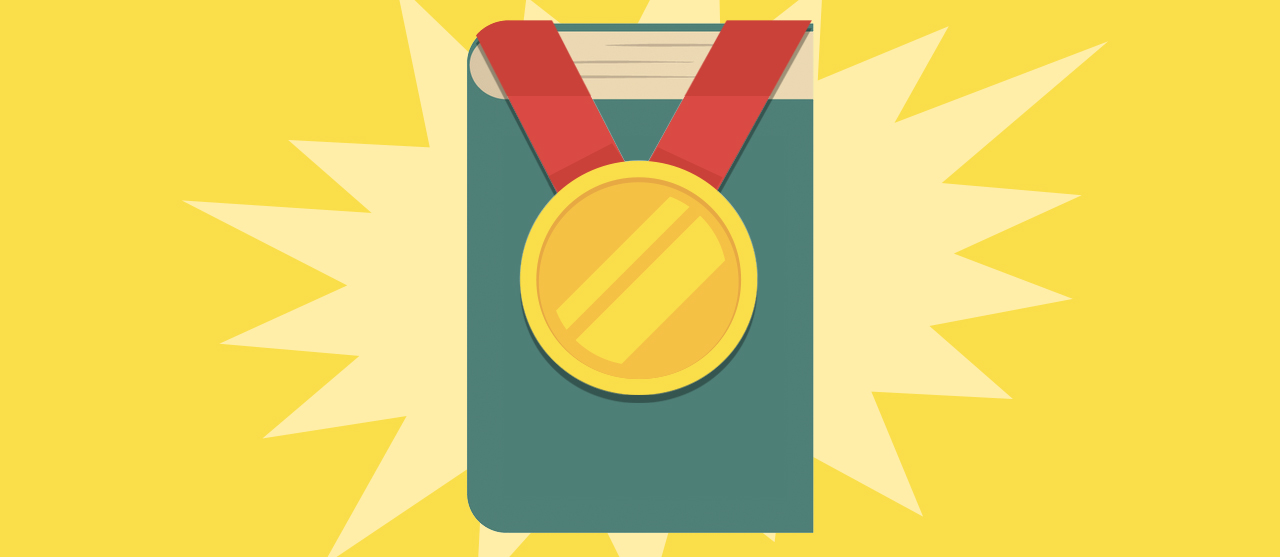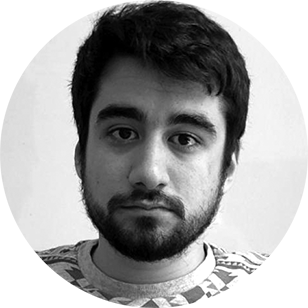WrestleMania is WWE's biggest show. So why isn't it the best?
It has become professional wrestling's Pro Bowl, not its Super Bowl


This Sunday night, the center of the wrestling world will be the banks of the Mississippi River, as WrestleMania 34 descends on New Orleans. WWE's iconic yearly show has always marked the unofficial start of the wrestling year, and it's only grown in stature since its inaugural event in 1985.
WrestleMania is the biggest night in the so-called "sports entertainment" industry, and wrestling guru Dave Meltzer claims this year's edition has a chance to be the most-watched spectacle in the history of WWE. This begs a simple question: WrestleMania may be the biggest show of the year, but why is it never the best?
To date, some of the most iconic moments in wrestling history have happened there: Hulk Hogan body-slamming Andre the Giant, Stone Cold Steve Austin refusing to tap out to Bret Hart, Shawn Michaels retiring Ric Flair, then getting retired by the Undertaker two years later ... the list goes on and on.
The Week
Escape your echo chamber. Get the facts behind the news, plus analysis from multiple perspectives.

Sign up for The Week's Free Newsletters
From our morning news briefing to a weekly Good News Newsletter, get the best of The Week delivered directly to your inbox.
From our morning news briefing to a weekly Good News Newsletter, get the best of The Week delivered directly to your inbox.

But in the last few years, WWE has shirked its day-to-day talent in favor of flashes of star power. WrestleMania has become the Pro Bowl of wrestling, rather than its Super Bowl — and it's become a bloated spectacle in the process. Sure, it's fun to see stars you might remember from childhood, but the fact that they'll be gone tomorrow does nothing to help WWE build new fans, nor does it honor the dedicated people who tune in every week.
The trouble began on Valentine's Day 2011, when The Rock, one of the most famous wrestlers of the wildly popular Attitude Era, returned from a nearly seven-year hiatus to announce that he would host that year's WrestleMania 27. At the time, it was one of the biggest moments in wrestling — just listen to that crowd roar:

Part-timers from eras gone by have always been a part of wrestling. These are the wrestlers that drop in on WrestleMania to give the show star power, appealing to the people who followed wrestling in its peak days but aren't diehard fans. You may not know how thrilling the ongoing feud between the New Day and the Usos has been, for example, but you've probably heard of The Rock.
But whereas part-timers used to just feature mostly in quick cameo or comedy segments, now they've overtaken the show, even wiggling into the main events. WWE may claim that it has multiple "main" events each year — the title matches always get that billing, alongside any marquee matchups — but fans generally acknowledge the show-closing bout as the true headliner.
A free daily email with the biggest news stories of the day – and the best features from TheWeek.com
At WrestleMania 27, The Rock interfered in the main event, attacking both The Miz and John Cena and standing tall to end the show. The main event at WrestleMania 28, then, was a full-on match between Cena and The Rock, playing off the previous year's buzz.
This precipitated a steep drop in quality for WrestleMania: As more part-timers were injected into the card, the talented day-to-day wrestlers were shoved into less important slots, with less time for their matches. Every WrestleMania main event since 2012 has featured a part-time wrestler; meanwhile, regulars like CM Punk, Seth Rollins, Sami Zayn, and AJ Styles have toiled away lower on the card in matches that casual fans don't remember.
Now, there is a world where part-timers and regulars can coexist, but it's not the one that WWE has created. Instead of putting part-timers in the main event and title matches — aka, the matches that fans will already tune in for — the company should use part-timers to spice up otherwise dull affairs. For example, this year's U.S. title match is actually the one with the least fanfare, featuring three wrestlers that inspire little fervor (Randy Orton, Jinder Mahal, and Bobby Roode), plus one fan favorite (Rusev).
That match would be infinitely more watchable if Mahal were replaced with, say, Triple H. You'd immediately grab the attention of casual fans — not to mention the fact that whoever defeats Triple H can use that caché to further their character going forward. But for some reason, WWE has shied away from these smart, productive deployments of part-timers.
Instead, the company has sauntered along down its misguided path: WrestleMania 29 featured a rematch between The Rock and Cena, while 30 had Batista, who casual fans might know as Drax the Destroyer from the Guardians of the Galaxy movies. The next three shows centered around Roman Reigns — considered by many to be the next Cena — as he battled Brock Lesnar, Triple H, and the Undertaker, in that order, all in main events.
At this year's WrestleMania 34, the presumed main event is Lesnar facing off once again against Reigns. The other options aren't much better: The company may also go with the Undertaker taking on Cena, while a dark-horse possibility is that Triple H and his wife, Stephanie McMahon, will tangle with Raw general manager Kurt Angle and former UFC star Ronda Rousey.
While part-timers may drive ticket purchases or inspire casual fans who, recognizing a few names, decide to tune into WrestleMania out of nostalgic curiosity, it's a fleeting high for WWE. Part-timers eventually leave the ring — and just like that, the company has wasted its single biggest marketing night on a cast of characters who won't be back again, forsaking its day-to-day stars in the process.
Last year's WrestleMania 33 was perhaps the most dour viewing experience in the history of the show. With a pre-show starting at 5 p.m., the event featured 13 matches and dragged on for over seven hours. Worse still, the best-received matches happened in the first half of the night, when fans were just getting warmed up, while the contests between part-timers bogged down the second half.
Look: Long shows can work if they are paced correctly. But more importantly, there have to be main events that are worth staying up for. That has not been the case for the last few years at WrestleMania.
So how can WWE rescue its flagship night? One option is for the company to follow the model of its developmental minor league, the NXT. That brand's premier shows limit themselves to roughly six matches over three hours at most. Where WWE packs its show with matches no one is interested in, the NXT offers a trim, tight affair — and one that's fun from top to bottom.
If WWE wants to keep the long, epic feel of WrestleMania, however, there is another show it needs to emulate: New Japan Pro Wrestling's Wrestle Kingdom. Held every January as NJPW's own version of WrestleMania, the show often runs more than four hours, and yet it never drags. That's because of NJPW's extremely smart pacing: The show usually starts with a fast-paced, high-flying match, which gets the crowd going early. Once everyone is nice and loose, the show rolls out some of its slower matches, which can take advantage of the already-engaged crowd.
Then, ingeniously, NJPW stacks its main events back-to-back at the end of the show. Where WWE believes consecutive must-sees will burn fans out, NJPW embraces the quality of its showcase matches and trusts that fans will appreciate them. While the level of overall entertainment may not be as high as in WWE, the showrunning is better, as putting the best matches last gives fans a reason to sit through the entire show.
Building to a crescendo would serve WrestleMania much better than its current overstuffed, scattershot pacing. But until WWE stops prioritizing celebrity-studded matchups over smart, engaging fun, we'll wake up every Monday after WrestleMania wondering what could have been.
Luis Paez-Pumar is a freelance writer based out of New York City, specializing in sports and culture commentary. A graduate of New York University, Luis lives in Brooklyn with a small pug named Clyde. In his free time, he spends his time watching too much television and trying to read books faster than he can buy them.
-
 Would Europe defend Greenland from US aggression?
Would Europe defend Greenland from US aggression?Today’s Big Question ‘Mildness’ of EU pushback against Trump provocation ‘illustrates the bind Europe finds itself in’
-
 The rise of runcations
The rise of runcationsThe Week Recommends Lace up your running shoes and hit the trails on your next holiday
-
 Amorim follows Maresca out of Premier League after ‘awful’ season
Amorim follows Maresca out of Premier League after ‘awful’ seasonIn the Spotlight Manchester United head coach sacked after dismal results and outburst against leadership, echoing comments by Chelsea boss when he quit last week
-
 Walter Isaacson's 'Elon Musk' can 'scarcely contain its subject'
Walter Isaacson's 'Elon Musk' can 'scarcely contain its subject'The latest biography on the elusive tech mogul is causing a stir among critics
-
 Welcome to the new TheWeek.com!
Welcome to the new TheWeek.com!The Explainer Please allow us to reintroduce ourselves
-
 The Oscars finale was a heartless disaster
The Oscars finale was a heartless disasterThe Explainer A calculated attempt at emotional manipulation goes very wrong
-
 Most awkward awards show ever?
Most awkward awards show ever?The Explainer The best, worst, and most shocking moments from a chaotic Golden Globes
-
 The possible silver lining to the Warner Bros. deal
The possible silver lining to the Warner Bros. dealThe Explainer Could what's terrible for theaters be good for creators?
-
 Jeffrey Wright is the new 'narrator voice'
Jeffrey Wright is the new 'narrator voice'The Explainer Move over, Sam Elliott and Morgan Freeman
-
 This week's literary events are the biggest award shows of 2020
This week's literary events are the biggest award shows of 2020feature So long, Oscar. Hello, Booker.
-
 What She Dies Tomorrow can teach us about our unshakable obsession with mortality
What She Dies Tomorrow can teach us about our unshakable obsession with mortalityThe Explainer This film isn't about the pandemic. But it can help viewers confront their fears about death.
